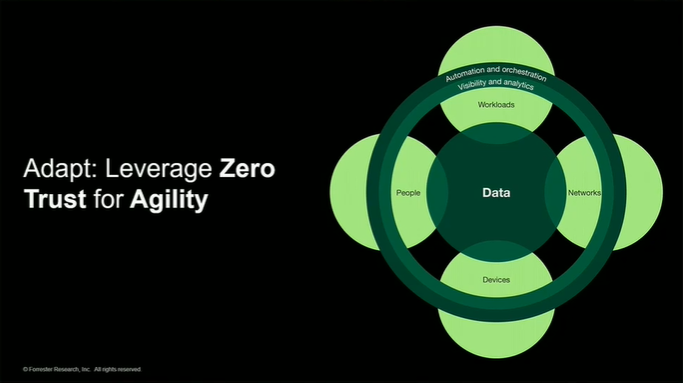Businesses are under increasing pressure to develop data-driven solutions. The competitive advantage gained by a successful strategy can be immense. It can create new opportunities and help businesses to react to different scenarios or sudden changes in the market. But innovation and resilience are not easily achieved, and organizations always face difficult decisions about what data to collect and how to leverage insights effectively.
Even today, companies are still unsure about how to use the data they collect, with differences between C-suite executives reflecting wider organizational divisions. But, by looking at organizations that use data and analytics to identify and help consumers successfully, a few useable insights emerge.
The scale and technical challenges involved in big data and analytics projects can be a problem, especially when paired with lofty expectations and the high fixed costs involved in research and development. These barriers can make it difficult for small companies to keep pace with larger ones who have bigger budgets and access to the latest technology.
One way that small and big companies alike can exploit the disruptive potential of big data analytics is by starting small, with a clear focus on a single area and application. By increasing – and demonstrating – the value of big data and analytics in one area, such as customer support and relationship management (CRM), before moving on to the other applications, you can build expertise and understanding, with the benefits filtering down to other parts of the organization bit by bit.
Lack of talent is one of the main obstacles faced by small and medium-sized businesses looking to implement big data and analytics strategies. Many struggle to find people with the high-level skills necessary to conceive and run a big data and analytics project. With technical expertise a prerequisite for success, it’s no surprise that organizations with the largest budgets tend to attract much of the best talent. Online giants like Amazon, whose recommendation engine is a standout example of the potential of big data, or new peer-to-peer companies like Uber with sophisticated data-driven models and large pots of venture capital, find it easier to innovate and stay ahead.
Smaller B2C companies need to ensure they overcome the skills shortage by adopting a variety of carefully targeted measures. Here the importance of arranging external or internal technical training for existing staff, and creating a data-driven culture in which analytics informs understanding of customer demand, should be underlined. This may mean turning to consultants or contract employees, at least in the short term, to build internal resources through the transfer of knowledge and expertise.
Any commercial strategy that involves the collection and analysis of data is going to raise security concerns. The capacity to capture and analyze customer data is one thing, the technical expertise to keep this information secure is another. In an environment where any breach or loss of data can leave a business’s reputation irrevocably damaged, there is pressing need to invest in data encryption and information security, and for any security strategy to have broad support across the organization.
Trust and privacy concerns may persist, however. For these to be addressed, businesses need to adopt a raft of measures designed to establish and build trust. On the one hand, these will involve outward-looking measures to do with communication and transparency; but, on the other, these must be based on solid internal processes, including – but not confined to – the implementation of compliance mechanisms, codes of conduct and company values.
Having outlined what it can take to make big data work, and suggested the challenges that must be overcome, we are left asking: ‘Is it worth it?’ A concrete example can help to illustrate the potential for big data to generate increased revenues and improved customer experience. Supply shortages, poor on-time delivery and inaccurate sales forecasts are significant problems for technology manufacturers, leading to bottlenecking and, ultimately, higher prices. By using big data and analytics to improve the sophistication and accuracy of sales forecasts, manufactures can ensure their products are consistently available and on-time, and at prices that are genuinely competitive.
By George Foot





